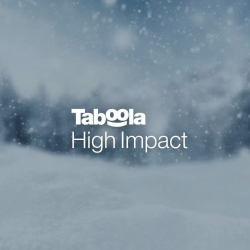- Taboola Blog
- Advertisers & Marketers
Native ads drive 8.8 times higher CTR and 18% higher purchase intent than traditional display ads.
It’s important to understand what native advertising and branded content are, how they differ, and when to use each one to meet your goals.
The UK’s Auto industry was hit hard by the COVID-19 pandemic, with new car sales dropping 30% in 2020 — falling to the lowest level in nearly 30 years.
2020 and 2021 saw several record or near-record months for UK household savings growth: for example, in May 2020 alone, £26 billion was deposited.
Native advertising and sponsored content may seem similar, but they have important distinctions that marketers should know about.
This article highlights key landing page optimization case studies, tactics, and tools publishers can use to build more effective user experiences.
Let’s run through a checklist of important variables and qualities to consider when examining native advertising platforms.
It’s no secret that most audiences no longer trust traditional forms of advertising. That’s why native ads are a better way to reach your target audience. Native advertising consists of ads that blend seamlessly into content, and the data shows they work.
We recently launched Taboola High Impact, a new advertising solution developed for brand marketers and agencies to help drive brand awareness.
The placement of your brand’s message, and the context that surrounds it, can make or break an interaction with someone who hasn’t met you yet, or doesn’t know you well.









